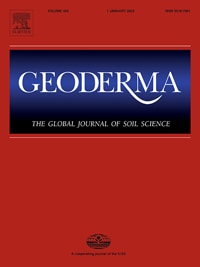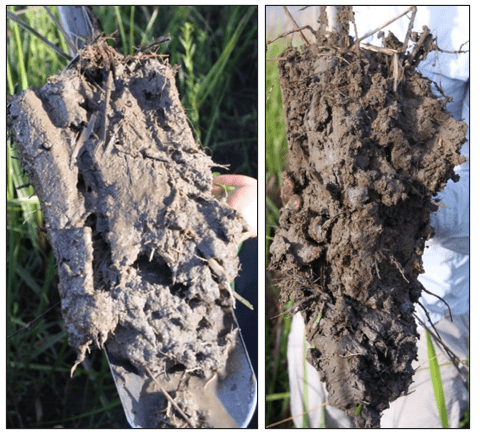Mineral-associated organic matter (MAOM) is one pool of SOM recently shown to protect soil organic C from mineralization. However, most MAOM research has been in agriculture and forest mineral soils. Given the magnitude of soil C stored in wetlands, this study sought to determine the abundance of MAOM in wetlands. A standard method for quantifying MAOM in terrestrial soils was tested, modified, and optimized with three unique wetland soils. Using a physical fractionation method followed by a density fractionation, it was concluded that field moist soils and a dispersant were necessary for fractionating wetland soils (0–50 cm). The Bayhead Swamp soil had the greatest total C (484.07 ± 1.25 mg C g soil -1), but the smallest MAOM pool (0.63 %); most of the C was in the light fraction as particulate organic matter (POM, >98 %). The sandy-peat Cypress Dome soil also lacked MAOM (1.09 %) and was dominated by POM (66.26 %). The silt-rich Brackish Marsh had the least total C (94.37 ± 1.67 mg C g soil -1), but the largest fraction of protected C (24.60 % MAOM). Nitrogen (N) followed similar trends to C, except in the Brackish Marsh where nearly half the total N was MAOM. This research represents the first step in evaluating the role of MAOM in C persistence in organic-rich wetland soils; future work should consider C physical fraction, in addition to C quantity.



